From Billy Eichner’s “Bros” to David O. Russell’s star-studded “Amsterdam,” October 2022 has been a notable month for high-profile box office bombs. Not that bad box office ever reflects a movie’s quality. Martin Scorsese recently went viral for railing against the industry’s obsession with box office numbers and judging films based on the strength of their opening weekend grosses.
“Since the ’80s, there’s been a focus on numbers. It’s kind of repulsive,” Scorsese said at the New York Film Festival. “The cost of a movie is one thing. Understand that a film costs a certain amount, they expect to at least get the amount back… The emphasis is now on numbers, cost, the opening weekend, how much it made in the U.S.A., how much it made in England, how much it made in Asia, how much it made in the entire world, how many viewers it got. As a filmmaker, and as a person who can’t imagine life without cinema, I always find it really insulting.”
Edgar Wright was another major filmmaker this month to take a stance against box office valuation, telling fans during his BBC Maestro course, “The three-day weekend is not the end of the story for any movie. People shouldn’t buy into that idea. Rating films by their box office is like the football fan equivalent to films. Most of my favorite films that are considered classics today were not considered hits in their time.”
Scorsese and Wright have a point, as many of the most critically acclaimed films this century got their starts as box office flops. Be it “Children of Men” or “The Master” or “Under the Skin,” it’s become abundantly clear that you can’t judge a movie by its grosses.
Below, Variety offers a selection of great films that flopped at the box office.
From Variety US































